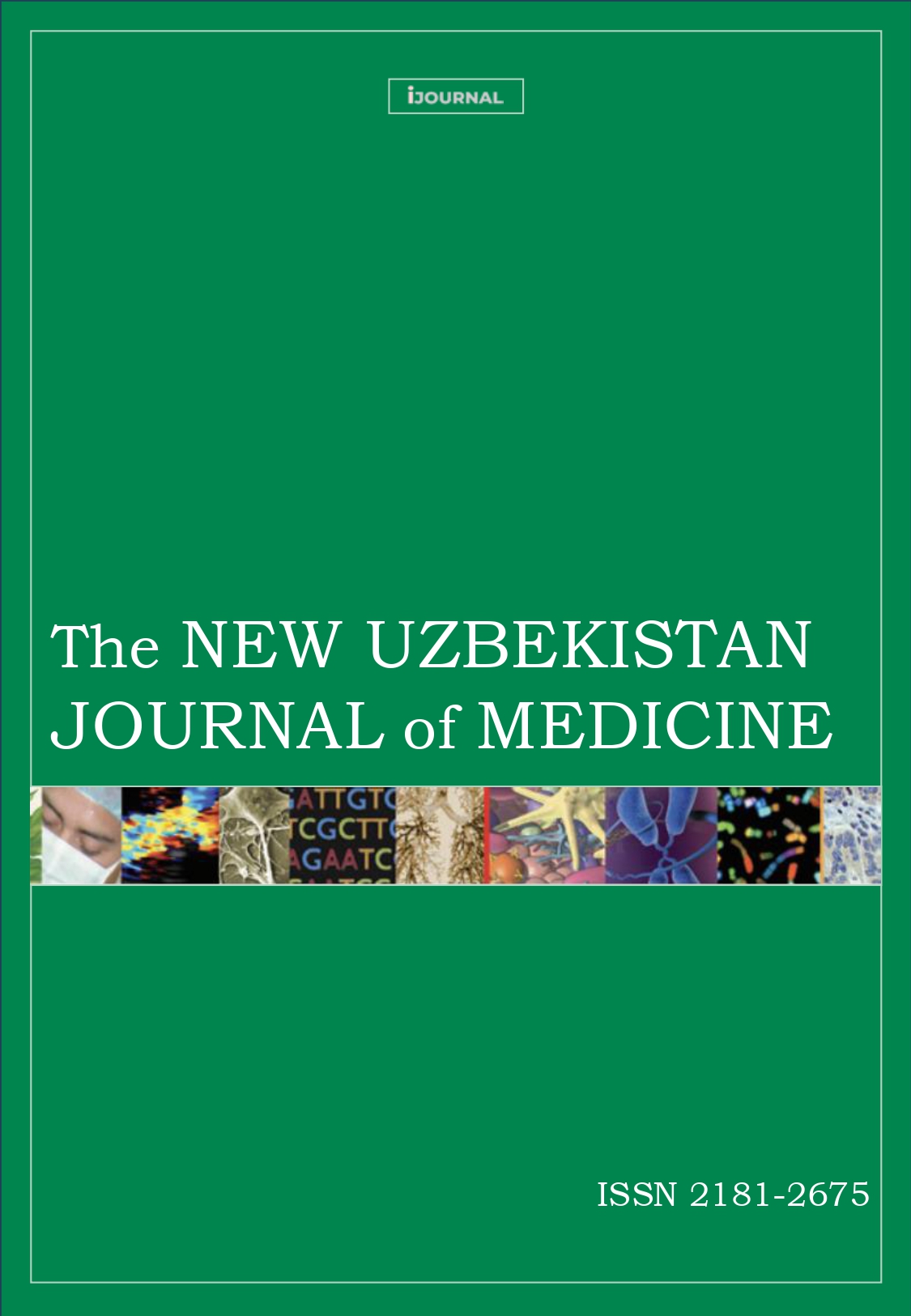THE BIOPHYSICAL BASIS AND CLINICAL SIGNIFICANCE OF CONTINUOUS GLUCOSE MONITORING (CGM) SYSTEMS
Keywords:
Continuous Glucose Monitoring, CGM, Biophysics, Diabetes, Sensor Technology, Hypoglycemia Detection, Digital Health, Clinical SignificanceAbstract
Continuous Glucose Monitoring (CGM) systems represent a major advancement in diabetes management by enabling real-time tracking of glucose levels. This article explores the biophysical principles underlying CGM technologies, including sensor mechanisms, interstitial glucose measurement, and data transmission methods. Additionally, the clinical importance of CGM is discussed in the context of early hypoglycemia detection, improved glycemic control, and enhanced patient quality of life. The article also considers the potential applications of CGM in pediatric and intensive care settings, emphasizing the role of digital health technologies in modern medical practice.
References
1. World Health Organization. (2021). Diabetes fact sheet. https://www.who.int/news-room/fact-sheets/detail/diabetes
2. Battelino, T., et al. (2019). Clinical targets for continuous glucose monitoring data interpretation: Recommendations from the International Consensus on Time in Range. Diabetes Care, 42(8), 1593–1603.
3. Heinemann, L., et al. (2018). Sensors for glucose monitoring: technical aspects and future perspectives. Biosensors, 8(4), 107.
4. Beck, R. W., et al. (2017). The effect of continuous glucose monitoring in well-controlled type 1 diabetes. Diabetes Care, 40(4), 538–545.
5. Welsh, J. B., et al. (2019). Role of CGM in diabetes treatment. Journal of Diabetes Science and Technology, 13(3), 614–622.
6. Wilson, G. S., & Gifford, R. (2005). Biosensors for real-time in vivo measurements. Biosensors and Bioelectronics, 20(12), 2388–2403.
7. Pickup, J. C., & Hussain, F. (2020). Advances in optical glucose sensing: A review of recent technologies. Analyst, 145(9), 3073–3090.
8. Tamborlane, W. V., et al. (2008). Continuous glucose monitoring in type 1 diabetes. New England Journal of Medicine, 359(14), 1464–1476.
9. Bergenstal, R. M., et al. (2018). Comparing real-time and flash continuous glucose monitoring. Diabetes Technology & Therapeutics, 20(6), 378–385.
10. Barnard, K. D., et al. (2014). Psychological impact of CGM in children and adolescents with diabetes. Pediatric Diabetes, 15(4), 308–314.
11. Holzinger, U., et al. (2010). Continuous glucose monitoring in critically ill patients: A review. Current Opinion in Critical Care, 16(4), 301–307.
12. Klonoff, D. C. (2018). Sensor accuracy in continuous glucose monitoring: Principles and clinical impact. Journal of Diabetes Science and Technology, 12(4), 739–745.
Published
Issue
Section
License
Copyright (c) 2025 Shahzoda Bahodirova, Farrux Majlimov (Author)

This work is licensed under a Creative Commons Attribution-NonCommercial-NoDerivatives 4.0 International License.
All Rights Reserved.





